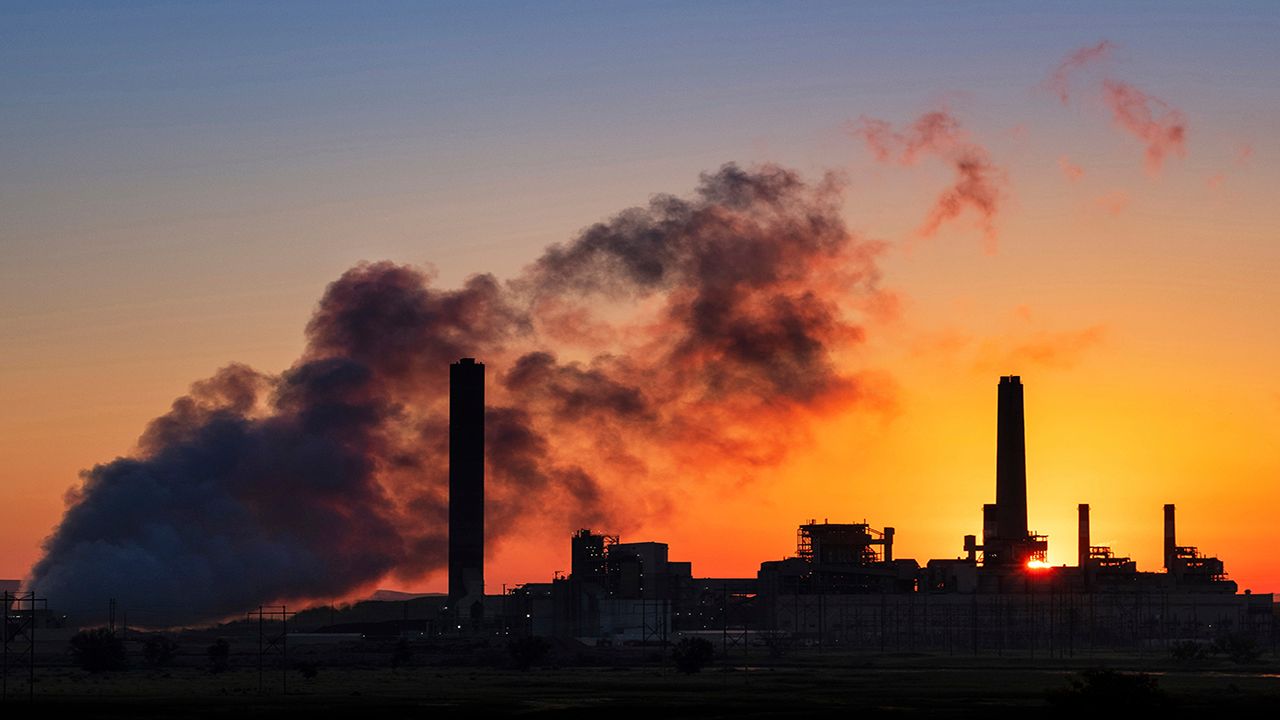The Biden administration on Tuesday announced the creation of the Office of Environmental Justice within the Department of Health and Human Services, which will be tasked with addressing environmental, climate and pollution-related issues in some of America’s most vulnerable communities.
The new office is part of the administration’s overall Justice40 initiative, a federal pledge that 40% of all benefits from climate investment will go towards disenfranchised communities.
“The blunt truth is that many communities across our nation – particularly low-income communities and communities of color – continue to bear the brunt of pollution from industrial development, poor land use decisions, transportation, and trade corridors,” HHS secretary Xavier Becerra wrote in a statement. ”Meeting the needs of these communities requires our focused attention. That’s why HHS is establishing the Office of Environmental Justice.”
The office will have five major directives, per an HHS announcement:
Integrate environmental justice initiatives throughout HHS to better serve disadvantaged populations around the country
Develop and implement a whole-of-agency approach to environmental justice
Coordinate and produce the agency’s yearly environmental justice reports
Work with the Office of Civil Rights within HHS in order to best comply with Title VI of the Civil Rights Act of 1964
Increase the overall environmental justice workforce by offering more training opportunities
President Biden made the initial Justice40 commitment in a sweeping executive order on his first day in office. The initiative has been held up as an unprecedented push to bring environmental justice to communities long plagued by pollution and climate inaction.
Marginalized communities have long borne the brunt of environmental hardship in the United States, for a host of reasons. One study from the Environmental Protection Agency conducted in 2018, which examined the particulate matter found in various residential areas across the country, found people of color altogether had a 28% higher burden of emission particles than the total population, while Black Americans had a 54% higher burden than the general population.
Non-white Americans, in particular Black Americans, are more likely to live in areas of high pollution and with dangerous emissions, due in part to systemic racism and disproportionate investment in developments.
St. John the Baptist Parish in Louisiana, for example, which is a predominantly (58%) Black community, has become known as “Cancer Alley” due to the elevated risk of cancer from pollutants from the nearby Denka plant, according to the 2014 National Air Toxics Assessment.
The Biden administration has released funds for a number environmental justice-related initiatives since taking office, including allocations to improve water infrastructure, to clean up polluted areas along the Great Lakes, to address so-called “forever chemicals” and more.
Still, key members of the White House Environmental Justice Advisory Council in April said the administration needed to do more in order for results to come to fruition.
There has been little change on the ground yet from the Justice40 pledge because the federal government is trying to figure out which communities are most in need of the investments. In recommendations to the Biden administration, many reputable environmental justice advocates pushed for a methodical, intentional process for identifying disadvantaged communities and disbursing funds.
The new Office of Environmental Justice is seeking public comments on its draft outline to implement its strategies through June 18, with a goal to “identify priority actions and strategies to best address environmental injustices and health inequities for people of color and disadvantaged, vulnerable, low-income, marginalized, and indigenous populations.”
The Associated Press contributed to this report.



